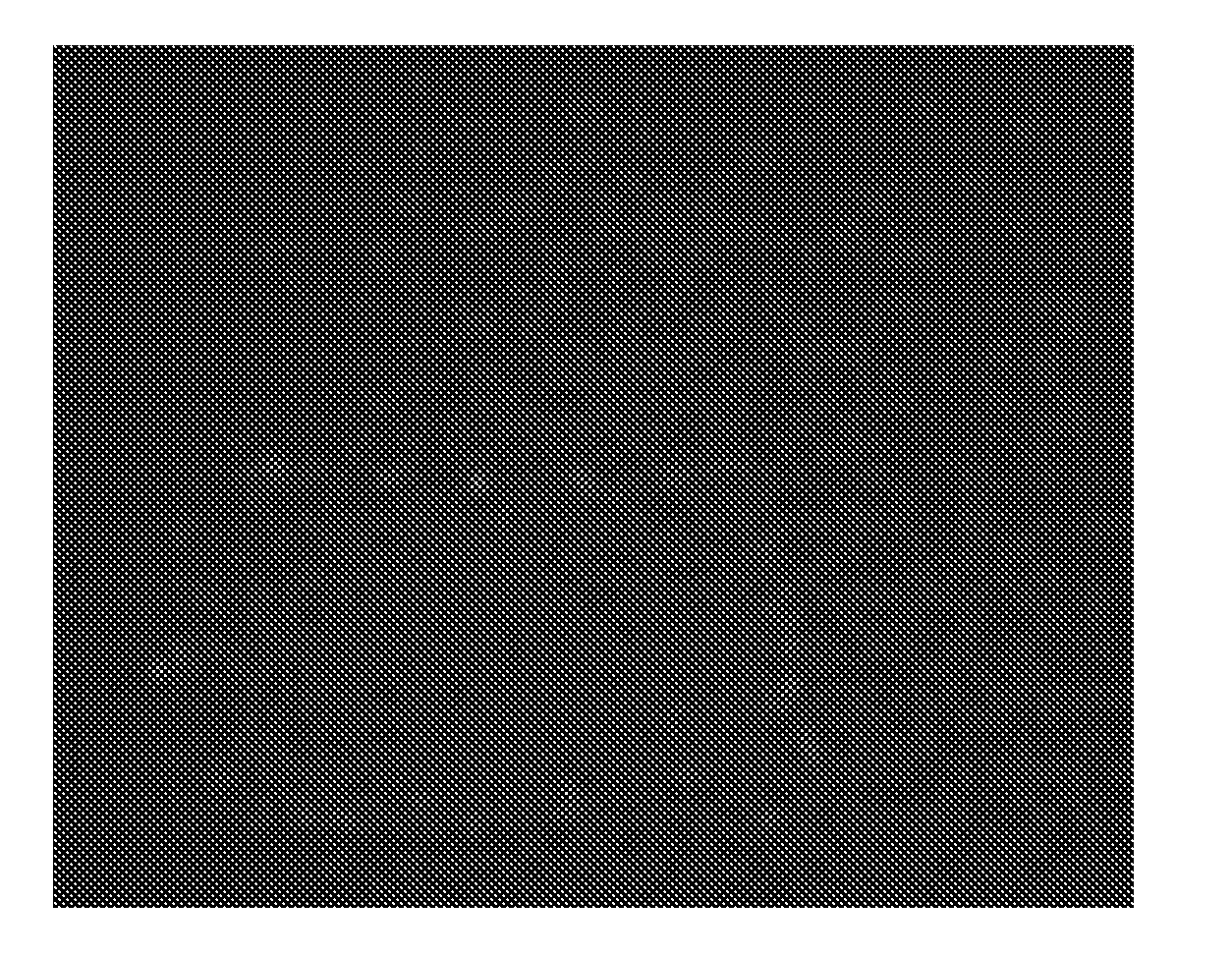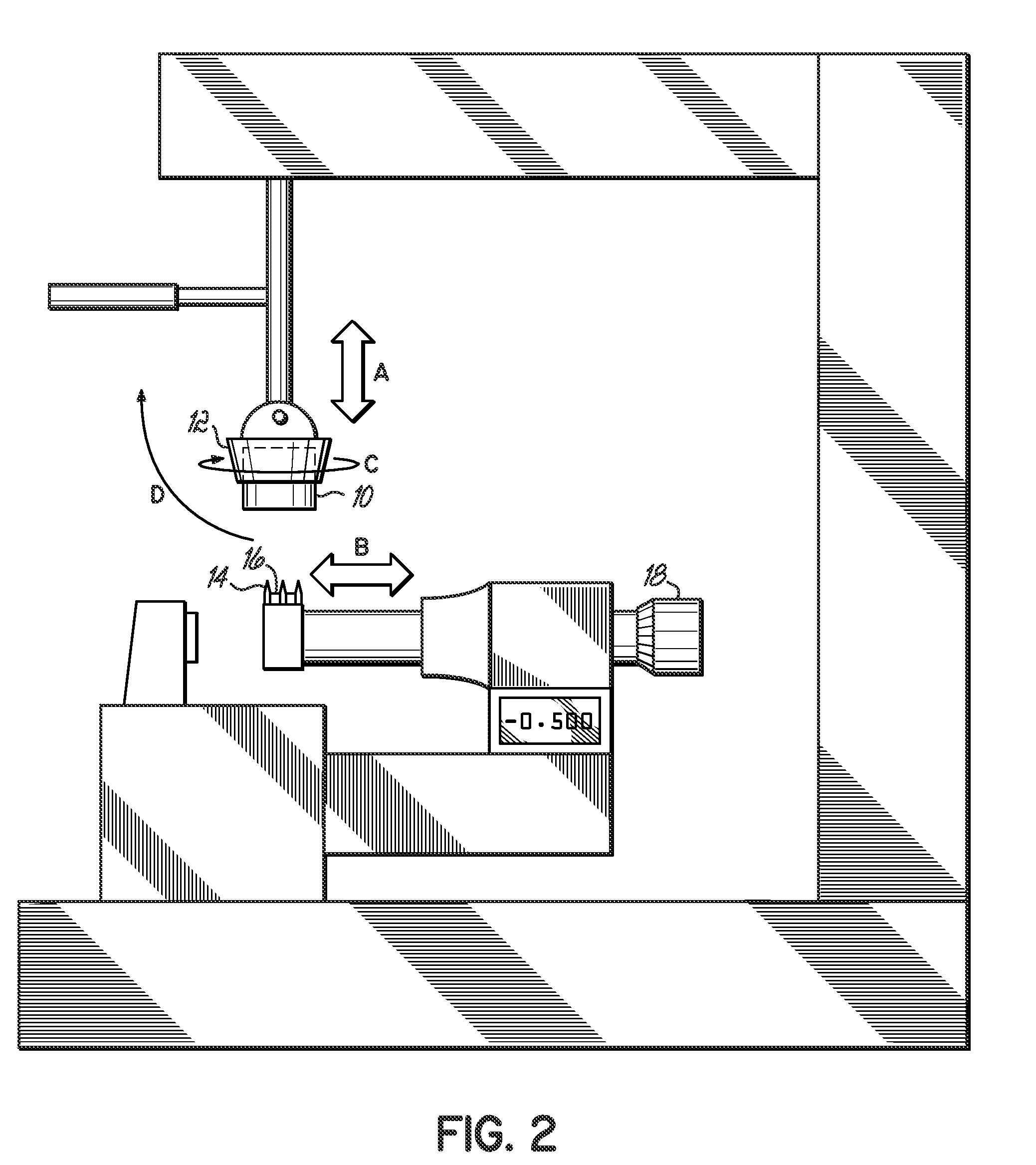Method of obtaining viable small tissue particles and use for tissue repair
a small, tissue technology, applied in the field of tissue particles, can solve the problems of limited durability limited healing ability of articular cartilage damage, and structurally weak tissue defects, etc., to improve the healing effect of tissue defects, facilitate tissue particle retention at the defect site, and enhance the effect of tissue particle retention
- Summary
- Abstract
- Description
- Claims
- Application Information
AI Technical Summary
Benefits of technology
Problems solved by technology
Method used
Image
Examples
example
[0045]Cartilage tissue particles were assessed for cell viability and evaluation in cartilage defect repair. All procedures were conducted in compliance with relevant regulations for the use of animal tissue. Porcine knee joints were obtained from a local abattoir. A knee joint was opened using a scalpel and the articular cartilage from the condyle load bearing area was exposed. Using a 7.5 mm diameter coring reamer, an osteochondral plug was obtained.
[0046]The osteochondral plug was mounted on the jaw of the cutting device (FIG. 2) and a series of cuts were made using three multiple blades to obtain viable small tissue particles.
[0047]Tissue particles were stained using LIVE / DEAD® stain to determine cell viability. The LIVE / DEAD® stain uses a membrane-permeant CALCEIN AM that is cleaved by endogenous esterases in the live cells to yield cytoplasmic green fluorescence, and the membrane-impermeant ethidium homodimer-1 labels nucleic acids of membrane-compromised cells, e.g. dead cell...
PUM
| Property | Measurement | Unit |
|---|---|---|
| size | aaaaa | aaaaa |
| volume | aaaaa | aaaaa |
| width | aaaaa | aaaaa |
Abstract
Description
Claims
Application Information
 Login to View More
Login to View More - R&D
- Intellectual Property
- Life Sciences
- Materials
- Tech Scout
- Unparalleled Data Quality
- Higher Quality Content
- 60% Fewer Hallucinations
Browse by: Latest US Patents, China's latest patents, Technical Efficacy Thesaurus, Application Domain, Technology Topic, Popular Technical Reports.
© 2025 PatSnap. All rights reserved.Legal|Privacy policy|Modern Slavery Act Transparency Statement|Sitemap|About US| Contact US: help@patsnap.com



